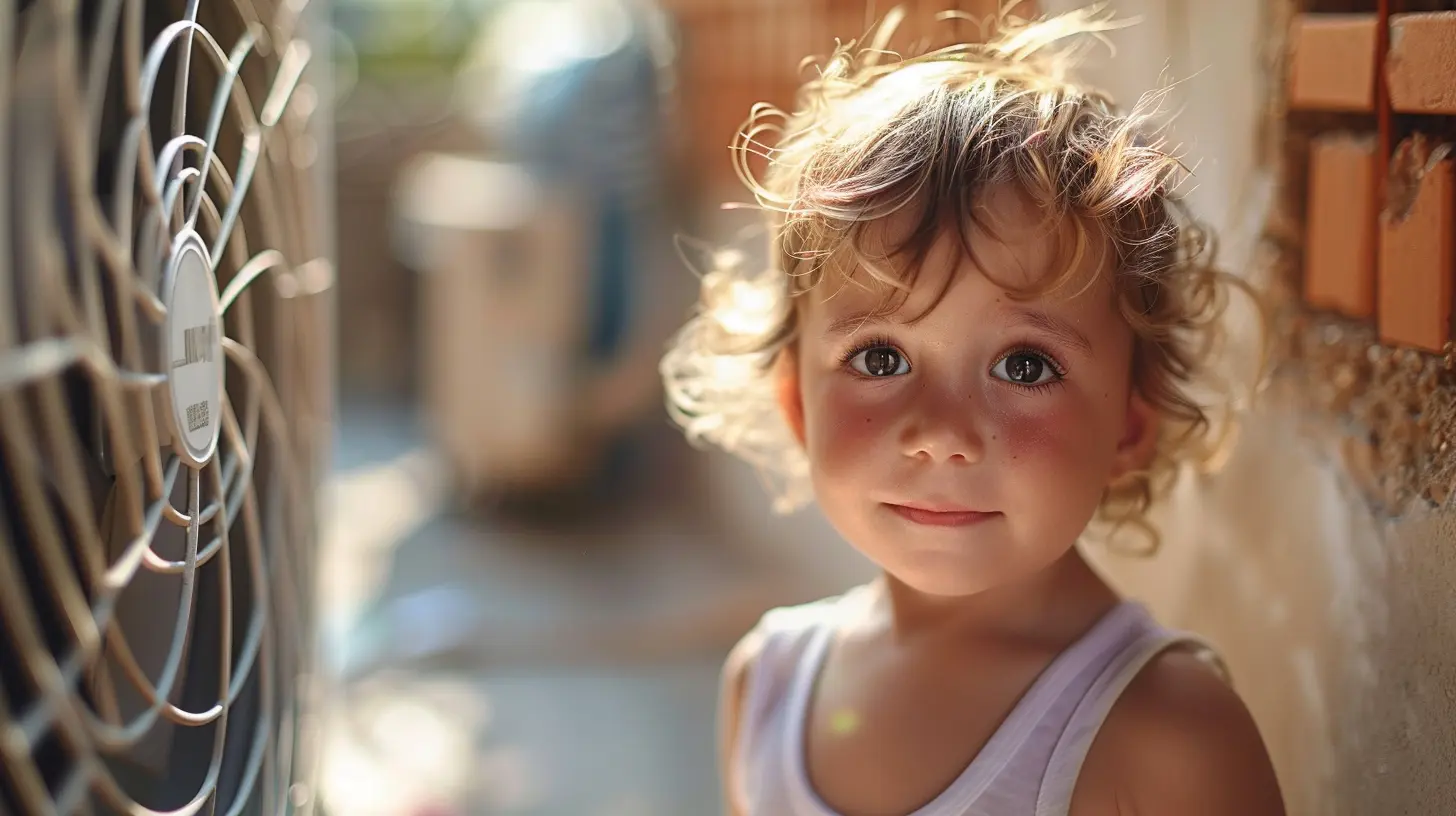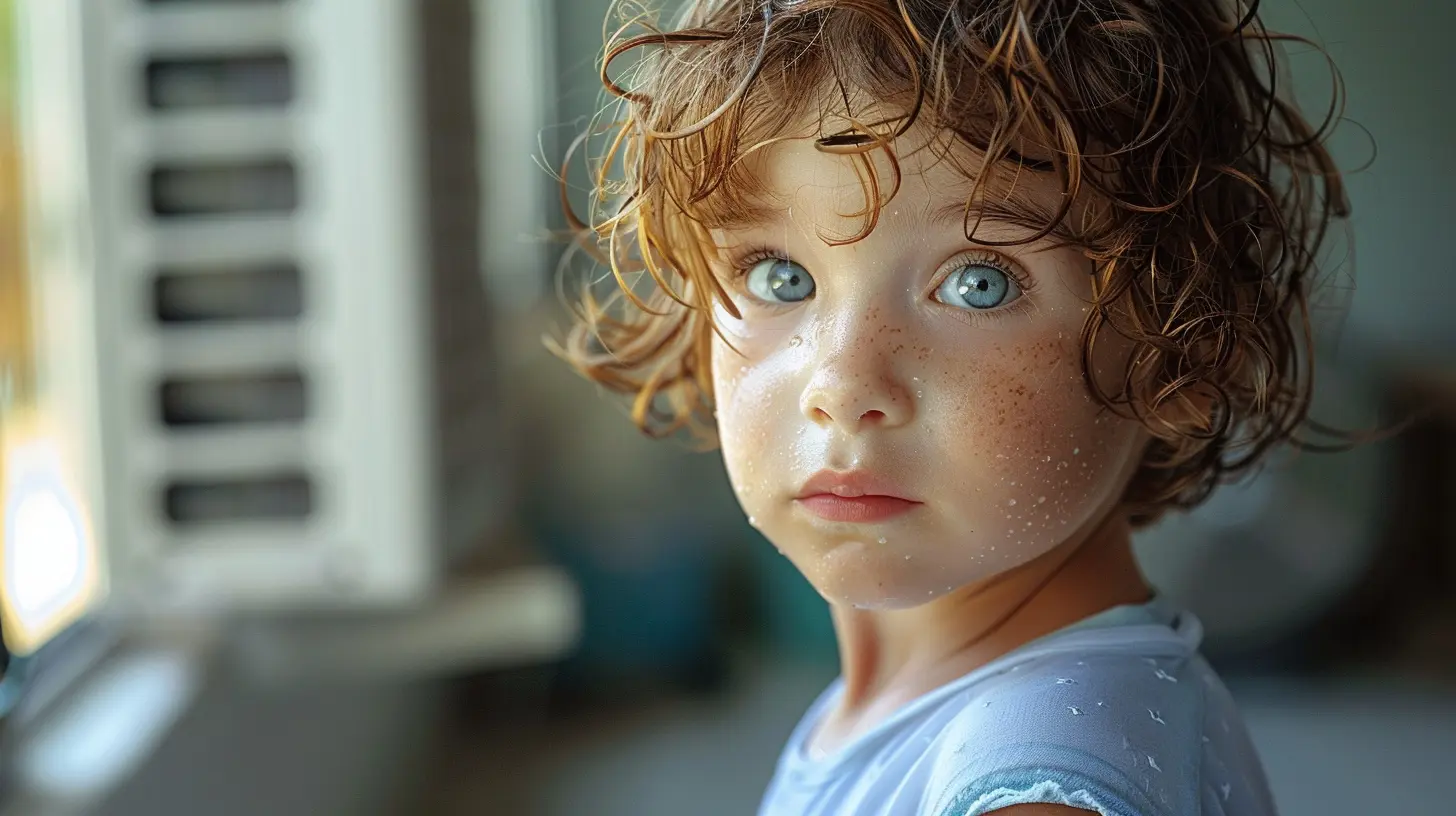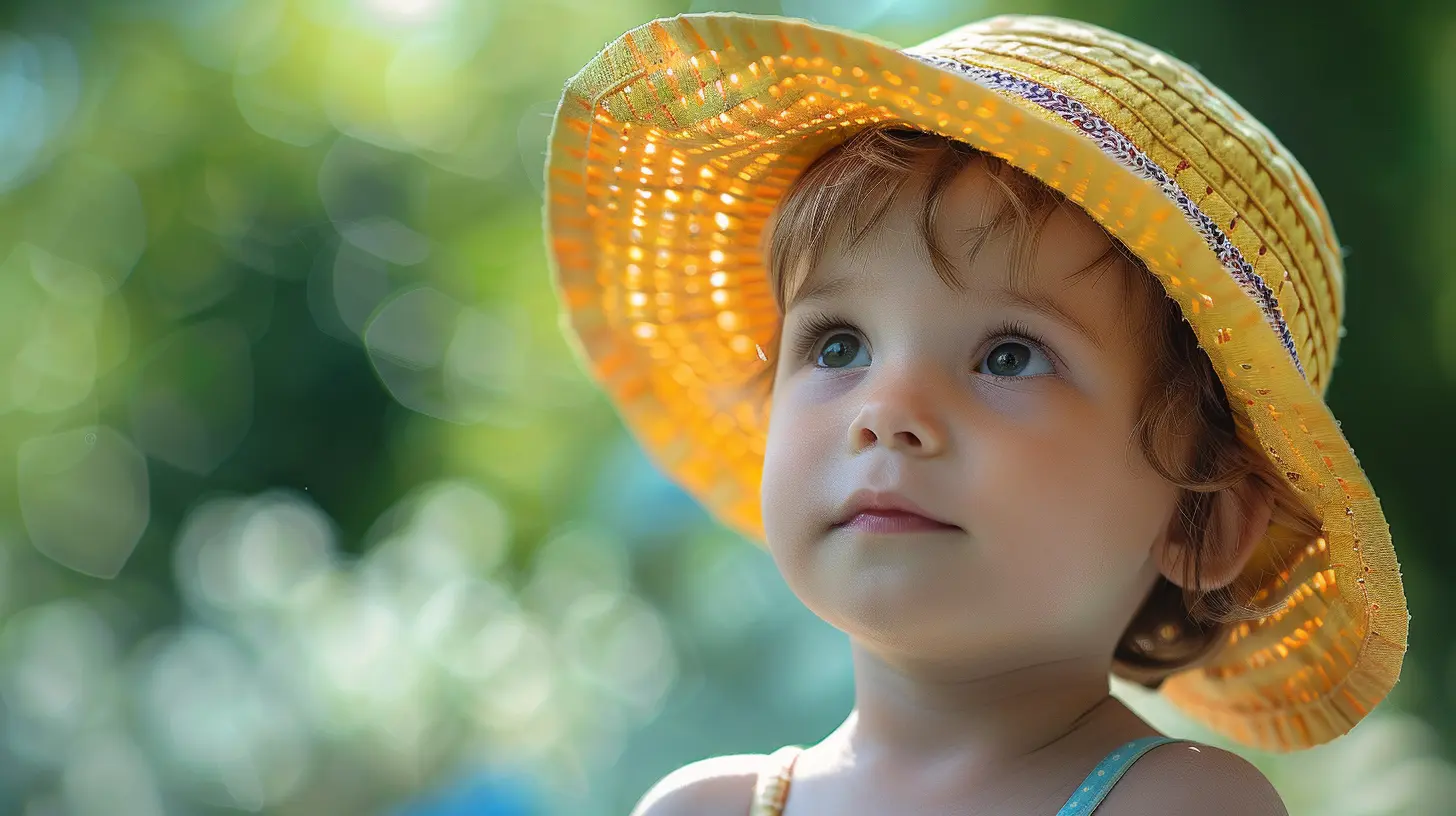Protecting Your Child from Heat-Related Dangers
14 August 2025
Summer’s supposed to be about backyard barbecues, poolside fun, and late sunsets, right? But when the temperature climbs — and stays there — it can also mean trouble, especially for little ones. Kids aren't just tiny adults. Their bodies react differently to heat, and they can overheat way faster than we expect.
In this article, we’re going to unpack just how dangerous heat can be for kids, and more importantly, what you can do as a parent to keep them safe. So, grab a cool drink, and let’s navigate these fiery months together.
Why Heat Hits Kids Harder Than Adults
Ever notice how kids seem to have two speeds — full blast and asleep? They burn through energy like a wildfire. That metabolism keeps them moving, but it also makes them more prone to overheating.Here's why:
- Smaller Bodies, Less Surface Area: Kids have a higher body surface area relative to their weight, which means they absorb heat more quickly.
- Not as Sweaty: Sweating is our body’s built-in cooling system, but kids' sweat glands aren’t fully developed. So, they can't cool down as fast as adults.
- They Don't Always Speak Up: Younger children may not recognize early signs of heat stress. Even older ones may not admit to feeling sick because they don’t want to stop playing.
Common Heat-Related Illnesses in Children
Before we go all-in on prevention, it helps to recognize the main types of heat-related illnesses. They come in levels — kind of like a video game, but not one you want your child playing.1. Heat Cramps
These are the "Hey Mom, my legs hurt!" kind of signs. Muscle cramps, mostly in the calves or stomach, can sneak up when kids overdo it in the heat and don’t drink enough.What to do: Get them in the shade, give them water or a sports drink, and gently stretch the cramped muscles. It’s usually not serious but a clear sign to slow down.
2. Heat Exhaustion
Now we’re leveling up. This is more serious and comes with symptoms like:- Heavy sweating
- Cool, clammy skin
- Dizziness or fainting
- Nausea or vomiting
- Headache
- Fatigue
What to do: Move your child to a cool area, get them to sit or lie down, offer cool fluids, and dab them down with a wet cloth. If symptoms don’t improve quickly, call your pediatrician.
3. Heatstroke
This is the boss level — and it’s a medical emergency. Heatstroke can be life-threatening.Symptoms include:
- High body temperature (above 103°F)
- Hot, red, dry, or damp skin
- Confusion or slurred speech
- Loss of consciousness
- Seizures
What to do: Call 911 immediately. While waiting for help, move your child to a cooler location and try to lower their temperature with cool cloths or a bath — but don’t give them anything to drink if they're unconscious or confused.
Who’s Most at Risk?
All kids are vulnerable to heat-related problems, but some little ones are more susceptible than others, including:- Infants and toddlers: Their bodies heat up three to five times faster than adults.
- Children with chronic medical conditions: Especially those affecting the heart, lungs, or kidneys.
- Kids on certain medications: Some meds reduce sweating or make kids more sensitive to heat.
- Overweight children: Extra body fat can trap heat, making it harder to stay cool.
- Kids who are not used to hot weather: Acclimatization takes time — their bodies need about 7-14 days to adjust.
Signs to Watch for (Don’t Ignore These!)
So, what should parents keep an eye out for? You know your child best, but these red flags shouldn’t be brushed off:- Sudden mood changes, irritability, or confusion
- Lack of energy or refusal to play
- Pale or flushed skin
- Rapid breathing or heart rate
- Dry lips and no tears when crying (hello, dehydration!)
Trust your gut. If something feels off, it probably is.
How to Keep Kids Safe in Hot Weather
Now let’s get into the good stuff — prevention. The best way to deal with heat illnesses is to stop them before they start. Simple tweaks to your daily routine can go a long way.1. Hydration is Non-Negotiable
Water is your child’s summer superpower. Don’t wait for them to say they’re thirsty — at that point, they’re already behind.Tips:
- Offer water frequently, especially during play.
- Add a splash of fruit for flavor if they’re bored with plain water.
- Pack a reusable water bottle everywhere you go.
Avoid sugary drinks and soda — they dehydrate kids more than they help.
2. Dress for the Heat
Lightweight, loose-fitting, and light-colored clothes help reflect heat. Breathable fabrics like cotton are your go-to.Pro tip: A wide-brimmed hat and UV-blocking sunglasses aren’t just cute — they’re functional.
3. Time Outdoor Play Wisely
Plan outdoor activities in the early morning or late afternoon when it’s cooler. Between 10 a.m. and 4 p.m., the sun is at its peak — a.k.a. prime time for heat exposure.4. Create Cool Zones
If you’re spending the day outside, make sure there’s a shady escape. Bring a beach umbrella, pop-up tent, or even make your own fort with blankets.At home? Close curtains during the hottest part of the day and use fans or air conditioning smartly.
5. Never Leave a Child in a Car — Ever
Let’s say it louder for the people in the back: Even with the windows cracked, a car can turn deadly in just minutes.Heatstroke from being left in a hot car is unfortunately still one of the leading causes of non-crash fatalities in children. Always double-check the back seat. Set a phone reminder or keep your purse or phone back there so you don’t forget.
Staying Safe at Summer Camps and Sports
Got a little athlete or camper? Make sure their program understands the risks, too.Ask the staff:
- Do they take breaks often?
- Is water available freely?
- Is there a shaded area or indoor alternative on especially hot days?
Just because a coach or counselor has a whistle doesn’t mean they automatically know what’s best. Be your child’s advocate.
Tech Tools to the Rescue
Why not let tech help you out? There are some kid-friendly wearables and apps that alert you when your child is overheating or dehydrated. While they aren't foolproof, they can give you peace of mind. At the very least, use a weather app to check the UV index and heat advisory in your area daily.Teaching Kids to Heat-Proof Themselves
Your child may not fully understand what "heat exhaustion" means, but they can learn to recognize when their body needs a break.Encourage them to:
- Speak up if they feel dizzy, sick, or overly tired.
- Take breaks before they feel too hot.
- Drink water even if they aren’t thirsty.
Making it a game or offering a reward for hydrating regularly can go a long way for younger kids!
Heat Safety Checklist for Parents
Let’s make this super easy. Here’s your go-to checklist for sunny days:- ✅ Pack water (and a little extra)
- ✅ Dress kids in light, breathable clothes
- ✅ Apply sunscreen (SPF 30+ — and reapply every 2 hours)
- ✅ Keep shady spots in mind
- ✅ Avoid peak sun hours
- ✅ Check the weather forecast and heat index daily
- ✅ Never leave your child in the car
- ✅ Communicate with babysitters, teachers, and coaches about heat safety
When to Call the Doctor
If your child experiences symptoms of heat exhaustion and doesn’t start to perk up after cooling down and hydrating, it’s worth a call.And if you suspect heatstroke? Don’t wait. Head to the ER or call emergency services.
Wrapping It Up
Protecting your child from heat-related dangers isn’t about keeping them inside all summer — it’s about being smart and prepared. A few small changes can make a huge difference, and let's be real — peace of mind for parents is priceless.Keep the conversation going with your kids, keep that water bottle filled, and don’t be shy about speaking up if something doesn’t feel right. You’ve got this.
Stay cool out there, parent warrior
all images in this post were generated using AI tools
Category:
Child SafetyAuthor:

Liam Huffman
Discussion
rate this article
1 comments
Martha Bowman
Great tips! Keeping our little ones safe from the heat is so important. Let's enjoy the sunshine while staying cool and hydrated! 🌞💦
August 19, 2025 at 4:49 AM

Liam Huffman
Thank you! Staying cool and hydrated is essential for keeping our kids safe in the heat. Enjoy the sunshine responsibly! 🌞💧


